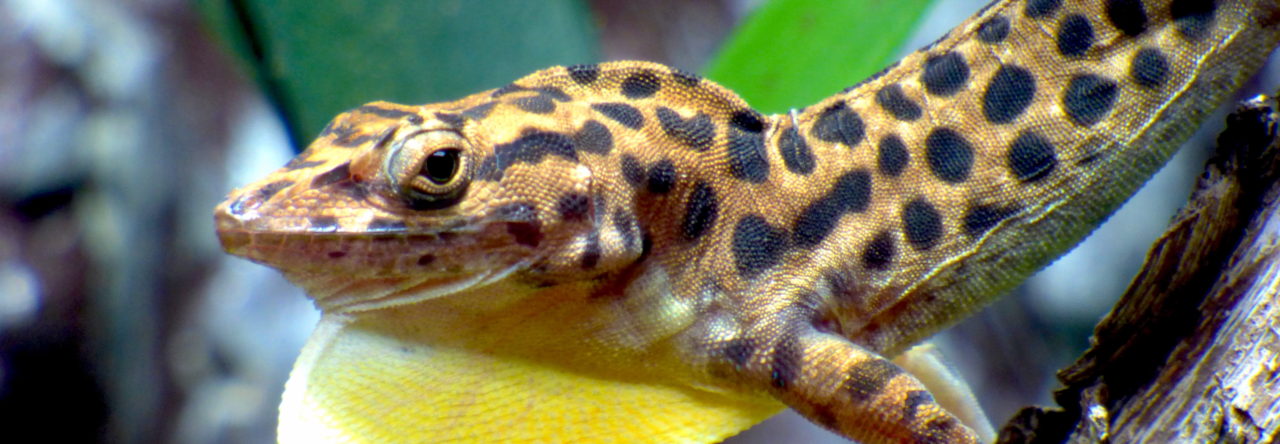I’m spending the summer in Paris, and while the city of lights has much to offer, I assumed two months here meant two months away from my beloved anoles. As it turns out, this is not the case! Even though anoles are New World lizards, there are still Anolis moments to be had here. In the Jardin des Plantes, the zoo and natural history complex of Paris, I was excited to find an Anolis equestris in the herpetarium. I took a picture of the sign below the cage:
Also, on an admittedly un-anolis-related note, but one of herpetological relevance: in the chateaux of the Loire Valley, the most common animal featured in the coat of arms of old royal families (and therefore throughout the architecture of their palaces) is the salamander. Evidently, in the past, salamanders were believed to breathe fire and were widely popular as symbols of power. I’ve included only a couple of many examples of salamanders below:
Maybe the anole community could popularize our favorite genus in a similar way?
- Anoles in Paris - July 12, 2012
- Wanted: Anolis brevirostris Juvenile Photo - April 23, 2012
- Looking Out for the Little Guy - December 15, 2011





Martha Munoz
I am familiar with the supposed mythical powers of salamanders in Europe. In Spain I spoke with some folks who tried to convince me that salamanders come down chimneys to bask in the fire. They glow, they would say. My attempts to disabuse them of this idea were totally unsuccessful.
Also – interesting that in both Latin (equestris) and in French (chevalier) this species is the “horse” anole. This is because of its size, I presume?
Jonathan Losos
I believe these ideas stem from the fact that these salamanders crawl into rotting logs, and when those logs are burned in a fireplace, the salamanders crawl out trying to escape, giving the appearance of having been spawned by fire.
Martha Munoz
That makes sense. Clearly these inspired the fire salamanders from Harry Potter. Those need to be rubbed with chili powder to stay alive.
Bill Bateman
Not ‘horse’ but ‘horse rider’. The nearest translation into English would be ‘knight’: referring to a class of people who could afford a horse – like the old Roman ‘Order of Knights’ or ‘Equestrians’ . And of course, it is a knight anole, which I guess refers to its casque head, looking a bit like (with some imagination) a knight’s helmet.
Martha Munoz
Ah! I see. That makes sense to me!
Jonathan Losos
An example idea. And what better species to put on our coat of arms than the Anolis chevalier?